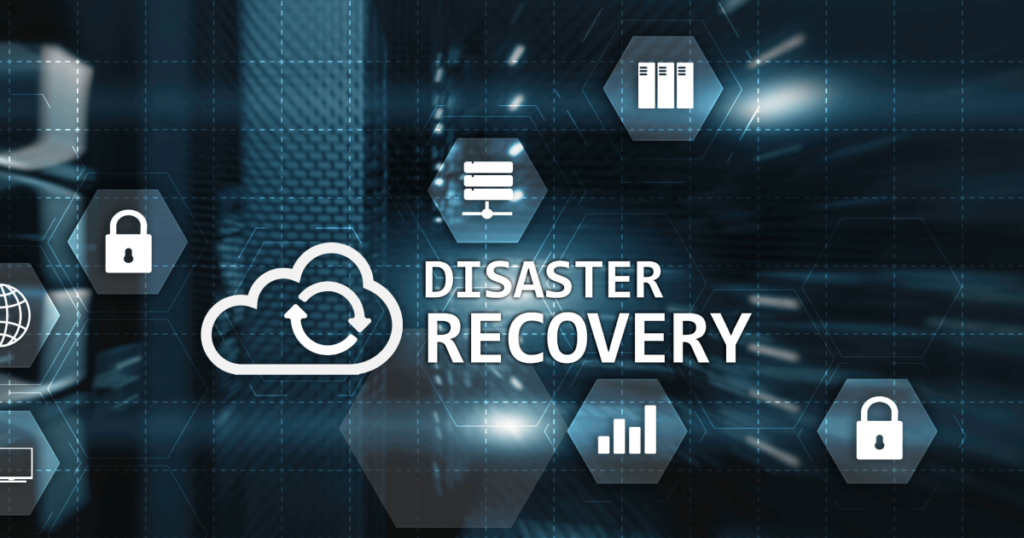Business Continuity & Disaster Recovery
Business Continuty & DR
The terms ‘BCP’ and ‘DR’ are frequently used interchangeably, although they are really not the same thing. While both are effectively risk management strategies that businesses rely on to prepare for unexpected incidents and the terms could be deemed to be closely related, there are some key differences worth considering when choosing which is right for you.
Business Continuity is used to describe a Business’s process to remain operational during and after a disaster. This is not only about IT but the entire business and includes contingency planning for what the critical applications and services are, how a Company will operate, who will carry out particular roles and tasks, where the business will operate from, and what effects this will have compared to normal business operations. A BCP can also be seen or implemented as a detailed plan that outlines the steps an Organization will take to return to normal business functions in the event of a disaster. Where other types of plans might focus on one specific aspect of recovery and interruption prevention (such as a natural disaster or cyberattacks), BCPs take a broad approach and aim to ensure an organization can face as broad a range of threats as possible at any given time.
Disaster recovery on the other hand describes the plans a Company puts into place that it will use to respond to a disaster or other critical event, including natural disasters, fire, data loss, cyber-attacks, terrorism, accidents, active shooters and other incidents that have the ability to hamper the business’ operations. Disaster recovery plans are also non-IT exclusive and help to guide the organization in its response to the incident or event and provide guidance on returning to usual operations safely. These are usually more detailed in nature than BCPs and consist of contingency plans and specifics on how the IT systems and critical data will be protected during an interruption. Alongside BCPs, DR plans help businesses protect data and IT systems from many different disaster scenarios, such as massive outages, natural disasters, ransomware and malware attacks, and many others.
When used together, these form an approach called BCDR (or Business Continuity and Disaster Recovery). BCDR is a comprehensive approach to organizational resilience, encompassing strategies and procedures aimed at ensuring the continuity of critical business functions during and after disruptive events. BCDR strategies help organizations effectively respond to emergencies, protect assets, safeguard data, and ultimately ensure business continuity in the face of adversity, thereby enhancing overall resilience and minimizing the impact of disruptions on operations and stakeholders
What we offer in this space is an opportunity for Organizations to develop and implement a solution tailored to their specific needs based on the nature and size of their business.
The following is an indicative list of what’s available in this capacity:
- Development of documented processes/procedures
- Change Management
- BCP/DR Awareness Training
- Automated Backups whenever possible
- Backup Schedules in place
- Offsite copies of data (properly safeguarded)
- Backup testing, verification and reporting
- Monitoring
- On-demand restore operations



